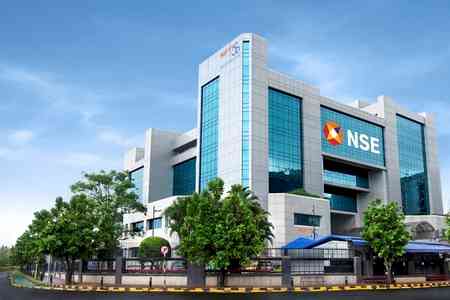The True Cost of POS Machines: What to Consider
A reliable and efficient point-of-sale (POS) system is essential in the fast-paced business world. However, with the many available options, it can be easy to overlook the accurate bank swipe machine price. While the initial investment may seem affordable, hidden costs such as transaction fees, maintenance, and software updates can quickly add up, leaving businesses with unexpected expenses.

A reliable and efficient point-of-sale (POS) system is essential in the fast-paced business world. However, with the many available options, it can be easy to overlook the accurate bank swipe machine price. While the initial investment may seem affordable, hidden costs such as transaction fees, maintenance, and software updates can quickly add up, leaving businesses with unexpected expenses.
Whether you are a small-scale business owner or a seasoned entrepreneur, understanding the actual cost of a bank swipe machine can help you make informed decisions that will benefit your business in the long run. In this article, we will explore the actual cost of an EPOS machine and provide valuable insights into what factors companies should consider when selecting an EPOS machine.
Initial Costs of Swipe Machine Price
Point-of-sale (POS) machines are essential for modern-day businesses looking to streamline their transactions and increase efficiency. Several types of POS machines are available in the market, including traditional terminals, mobile devices, and tablet-based systems. However, the initial swipe machine price can vary significantly depending on several factors. Factors like brand reputation, processing power, and added features like inventory management and customer relationship management software could influence the swipe machine price. Additionally, the vendor's level of customer support can also impact the cost. Nevertheless, investing in a quality POS machine can ultimately save businesses money in the long run by improving efficiency and reducing costly errors.
Hidden Costs of Swipe Machine Price
While an affordable swipe machine price can bring significant benefits to businesses, they can also come with hidden costs that can add up over time. Some fees companies may need to pay when using a POS system include transaction, processing, and monthly expenses. Payment processors charge transaction fees for each transaction processed through the POS machine. Processing fees, on the other hand, are charged by the merchant service provider for processing credit or debit card payments. In addition, monthly fees may also be required for access to software updates, customer support, and other services provided by the vendor. The amount of these fees can vary depending on various considerations, such as the type of business, the volume of transactions, and the chosen payment processor. For example, companies in high-risk industries may face higher processing fees due to the increased risk of chargebacks. Therefore, businesses must research and compare prices from different vendors and payment processors to ensure they get the best deal possible and minimise their overall costs.
Factors to Consider Before Buying a Bank Swipe Machine
When choosing an EPOS machine for a business, there are several factors to consider beyond just the basic transaction processing functionality. One crucial aspect is the various features that a POS system can offer, such as inventory management, analytics, and integration with other software.
● Inventory management is a crucial feature for any business that deals with physical products. By better understanding their inventory, companies can optimise their purchasing, reduce waste and spoilage, and avoid stockouts, which can lead to lost sales. A sound POS system should be able to track inventory levels in real-time, automate inventory replenishment, and generate reports on stock levels and movement.
● Analytics is another valuable feature of an affordable bank swipe machine price. A well-designed system can provide insights into customer behaviour, sales trends, and employee performance. Businesses can use this information to make informed decisions about marketing strategies, product offerings, and staffing. Companies can identify their most profitable products and customer segments by analysing sales data and adjusting their operations accordingly.
● Integration with other software is also essential when choosing a POS system. A system that can integrate with other software, such as accounting software or e-commerce platforms, can save businesses time and money by automating tasks and reducing manual data entry. For example, an integrated system can automatically transfer sales data to accounting software, eliminating the need for manual data entry and reducing the risk of errors.
Overall, the features offered by a POS system can significantly impact a business's operations and profitability. By carefully considering these features and selecting a system that best fits their needs, businesses can streamline their operations, improve their decision-making, and ultimately boost their bottom line.
Make the Right Choice
While the cost of an EPOS machine is an essential consideration for businesses, it is crucial to look beyond the initial price tag and consider the actual cost of ownership. Factors such as transaction fees, maintenance costs, and the features offered by the system can all significantly impact a business's bottom line.
Fortunately, HDFC Bank can play a significant role in helping businesses navigate these considerations. With its extensive experience in providing merchant services, the bank offers a range of POS machines and payment solutions tailored to the unique needs of different businesses. It also offers comprehensive support and training to help companies to get the most out of their POS systems, including managing transaction fees and maximising the value of features such as analytics and integration with other software.


 City Air News
City Air News 











